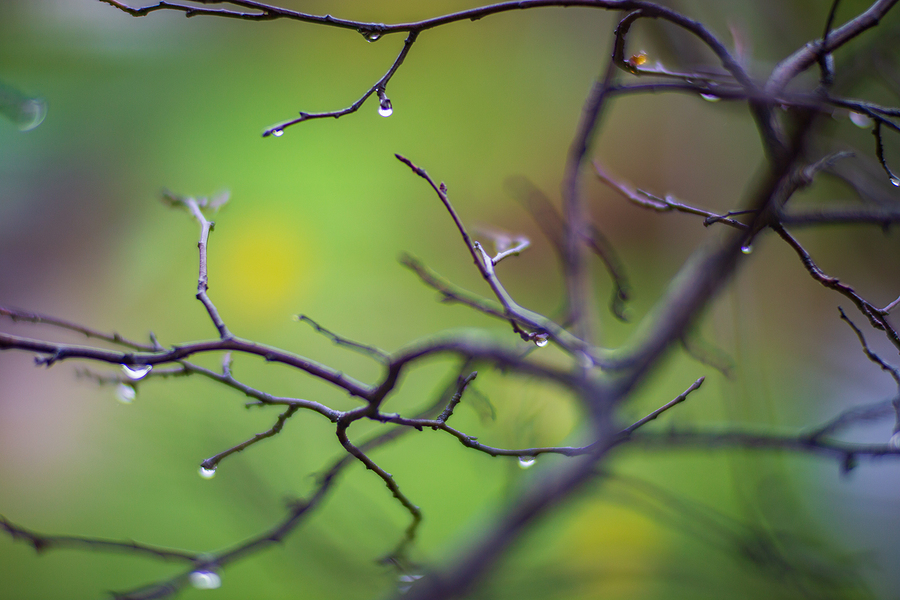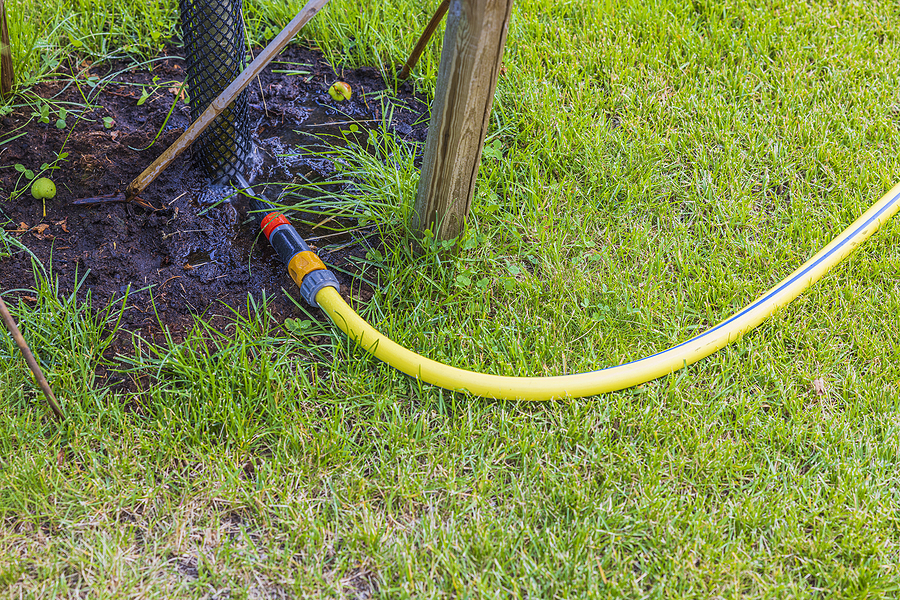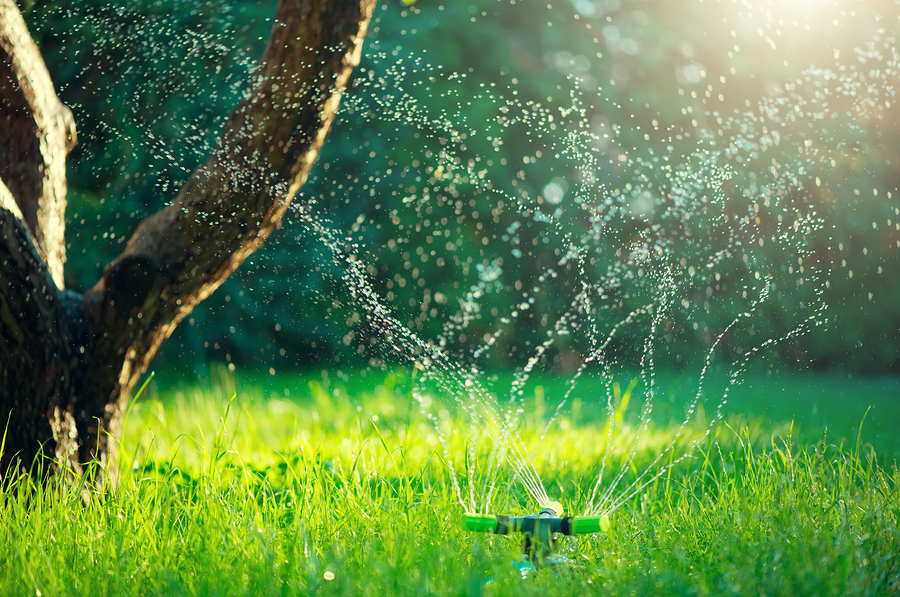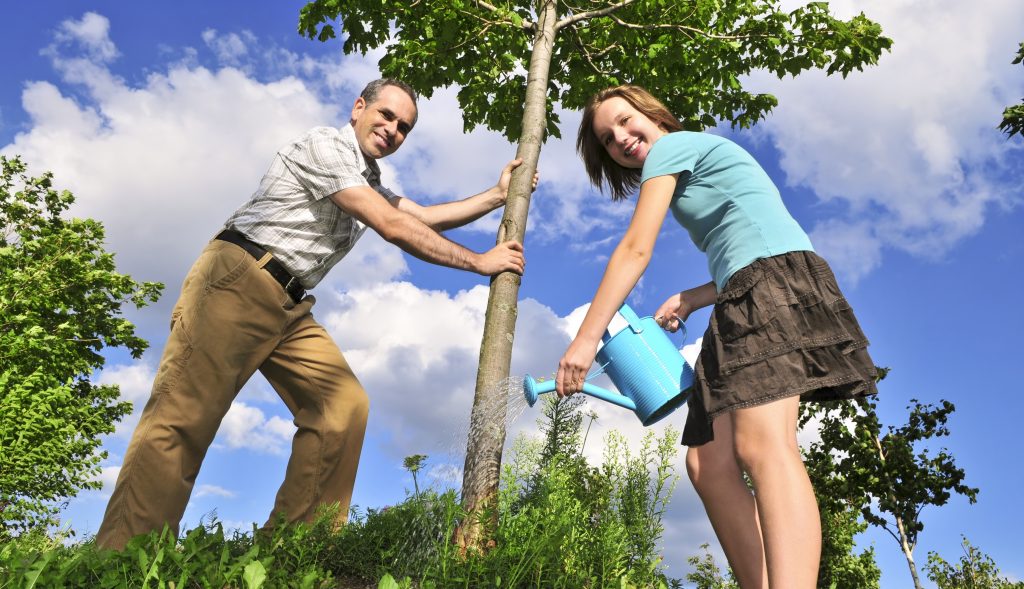We all know that droughts can have devastating consequences on our environment, and trees are especially vulnerable. Trees need a steady supply of water to survive, so when drought conditions hit, they may not be able to get the nutrients they need from the soil. That’s why it’s important to take steps to protect your trees during periods of drought.
In this blog post, we’ll go over five essential steps you can take to ensure your trees stay healthy even in dry weather conditions. From proper tree care techniques like mulching and watering correctly, to using protective sprays and choosing drought-tolerant species for your landscape design – these tips will help you maintain beautiful green foliage year round!
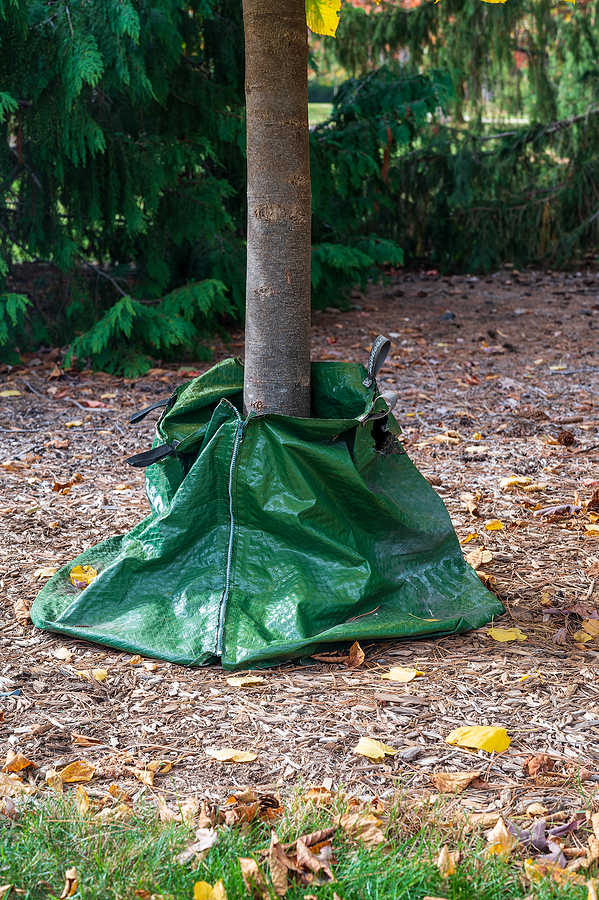
The Negative Affects of Drought on Trees
Drought is a natural phenomenon that can heavily impact the health of trees. These long periods of dry weather can cause damage to the delicate root system of the tree, causing stress and ultimately weakening their overall health. Without adequate moisture, trees struggle to take in nutrients from the soil and they may not grow as well as they typically would. To protect them in times of drought, it is important to provide proper tree care, such as regular watering and mulching. By ensuring that your trees are healthy and well-maintained, you can help them withstand the harsh conditions that come with drought. Remember, prevention is key when it comes to avoiding tree damage during periods of dry weather.
How to Protect Your Trees From Droughts
1. Mulching: One of the best ways to protect your trees from drought conditions is by mulching them. Mulching adds a layer of organic material around the base of the tree, which helps retain moisture and reduce evaporation from the soil. Make sure that you don’t pile the mulch too high; four to six inches should do it.
2. Watering: During periods of extreme drought, it’s important to give your trees extra water if needed. This can be done either through a drip irrigation system or manually with a hose or watering can. When doing this, make sure not to over-water – only give them enough so that they receive adequate moisture without becoming waterlogged.
3. Protective Sprays: If you live in an area with high levels of UV radiation, it may be a good idea to use protective sprays on your trees. These sprays will help reduce transpiration and protect the leaves from drying out in extreme temperatures.
4. Choose Drought-Tolerant Species: Another great way to protect your trees from drought is by choosing species that are adapted to dry climates. Planting drought-tolerant species like Oak trees and Maple trees can help ensure they’ll stay healthy even during periods of low rainfall or water restrictions.
5. Regular Tree Care: Finally, remember that regular tree care is essential for protecting your trees from droughts. Prune your trees regularly and ensure they get enough fertilizer, as this will help them to stay strong and healthy even in dry conditions.
Achieve Year-Round Tree Protection
By following these five essential steps, you can protect your trees from droughts and keep them looking their best year-round! If you need help with tree care or want to learn more about which species are best for drought-prone climates, contact a certified arborist today. They’ll be able to provide expert advice tailored to your specific climate and landscape design needs.
Do you want to get your trees ready for the summer climate? Now is the time to start! Contact Complete Tree Care at 317-783-2518 for comprehensive tree services in Indianapolis, Indiana. We serve residential and commercial clients with comprehensive tree care solutions.
Related Posts:
How to Prepare Your Trees for the Heat of Summer
General Tree Care Tips for the Summer Season
Facts About Over-Watering and Under-Watering Trees

